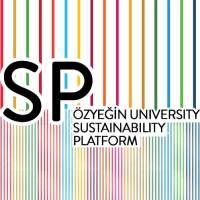Development of Minimally Invasive Steerable Active Catheter with Position Feedback

Project Manager:
Güney Güven Yapıcı
Section:
Mechanical Engineering
Research Areas:
processing-microstructure-property relationships of structural and smart engineering materials, experimental mechanics and multiscale modeling, advanced manufacturing, product design
Project Start Year:
2014
Project End Year:
2016
Phone:
0(216) 564 91 15
E-Mail:


About the Project:
The purpose of this project is to develop an active catheter system that can be used in minimally invasive medical interventions, for which three principal goals have been identified. The first goal concerns the development of suitable actuator components for realizing high mobility and position feedback. The second goal involves the development of algorithms for achieving high-precision feedback control of actuators. And the third goal concentrates on the design and manufacturing of the first prototype of the active catheter system with improved actuator components.
Project Finding:
The results of this project will ensure that the catheters can be easily placed in regions that are difficult to reach and hence improving the applicability of minimally invasive procedures over a broad range of medical operations. The originality of this project springs from the use of active composites for steering abilities and the use of advanced nonlinear control algorithms for position feedback control of the catheter system. This steerable catheter system will be a pioneering work in the field of medical devices. The method used in this project is based on three pillars. The first one is the prediction of the actuating mechanism that increases the degree of freedom of the catheter and its flexure ability. The second one is the establishment of nonlinear control algorithms necessary to direct the mechanism to display the desired behavior. And the third one includes the design and manufacturing of the first prototype, which is followed by preclinical experiments of approximate models. Precise position control will be provided through the implementation of advanced robust control techniques. Preclinical experiments will benefit from phantom models.
Goal:
SDG 3, SDG 9
Target:
SKH 9.1, SKH 9.4, SKH 9.6
